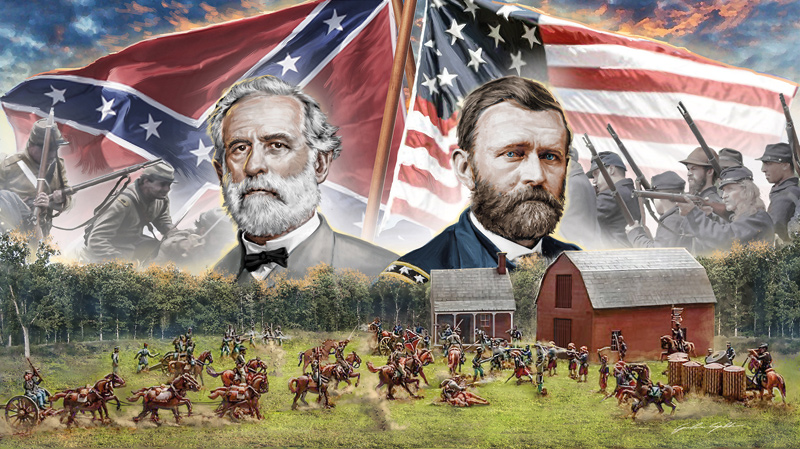The United States of America Part 4
Nationwide conflict (1861-1865)
Principal articles: History of the US (1849-1865) and American Nationwide conflict
Division of the states during the American Nationwide conflict:
Association states
Line states
Confederate states
Regions
During the frontier time frame, subjection had been legitimate in the American provinces, however the training started to be fundamentally addressed during the American Revolution. States in The North sanctioned nullification laws, however support for servitude reinforced in Southern states, as creations, for example, the cotton gin made the establishment progressively productive for Southern elites. This sectional struggle with respect to subjugation finished in the American Nationwide conflict (1861-1865). Eleven slave states withdrew and shaped the Confederate Territories of America, while different states stayed in the Union. War broke out in April 1861 after the Confederates barraged Stronghold Sumter.After the January 1863 Liberation Announcement, many liberated slaves joined the Association Army.
The conflict started to turn in the Association's approval following the 1863 Attack of Vicksburg and Skirmish of Gettysburg, and the Alliance gave up in 1865 after the Association's triumph in the Clash of Appomattox Court House. The Recreation period followed the conflict. After the death of President Abraham Lincoln, Remaking Corrections were passed to safeguard the privileges of African Americans. Public framework, including cross-country transmit and railways, prodded development in the American frontier. Post-Nationwide conflict period (1865-1917)
Fundamental article: History of the US (1865-1917)
Span: 2 minutes and 27 seconds.2:27
An Edison Studios film showing outsiders showing up at Ellis Island in New York Harbor, a significant place of passage for European settlers in the late nineteenth and mid twentieth centuries From 1865 through 1917 an exceptional stream of settlers showed up in the US, including 24.4 million from Europe.Most got through the port of New York City, and New York City and other huge urban communities on the East Coast became home to enormous Jewish, Irish, and Italian populaces, while numerous Germans and Focal Europeans moved to the Midwest. Simultaneously, around 1,000,000 French Canadians relocated from Quebec to New England. During the Incomparable Movement, a huge number of African Americans left the provincial South for metropolitan regions in the North. Gold country was bought from Russia in 1867. The Split the difference of 1877 really finished Remaking and racial oppressors assumed nearby command over Southern politics. African Americans got through a time of increased, unmistakable prejudice following Reproduction, a period frequently called the nadir of American race relations.
A progression of High Court choices, including Plessy v. Ferguson, discharged the Fourteenth and Fifteenth Changes of their power, permitting Jim Crow regulations in the South to stay uncontrolled, twilight towns in the Midwest, and isolation in urban areas the nation over, which would be supported by the strategy of redlining later embraced by the government Property holders' Advance Corporation. A blast of mechanical progression joined by the double-dealing of modest foreigner labor prompted fast financial improvement during the late nineteenth and mid twentieth hundreds of years, permitting the US to dominate Britain, France, and Germany combined.This encouraged the storing up of force by a couple of unmistakable industrialists, to a great extent by their development of trusts and syndications to forestall competition. Head honchos drove the country's extension in the railroad, petrol, and steel businesses. The US arose as a trailblazer of the auto industry.These progressions were joined by huge expansions in financial imbalance, ghetto conditions, and social turmoil, establishing the climate for trade guilds to start to flourish. This period at last finished with the coming of the Ever-evolving Time, which was portrayed by critical reforms.


